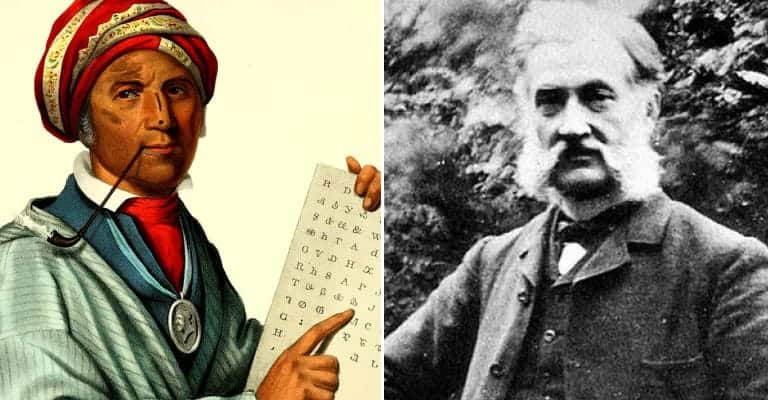It’s always intriguing when someone simply vanishes. Throughout history people have vanished without a trace, leaving little sign as to their fate. Some no doubt have disappeared deliberately, choosing to live in anonymity. Some disappeared as a result of enemies taking action, though they left behind little or no evidence of a nefarious act. Some have been lost at sea, whether to storms or accidents a mystery. Over time, in some cases, evidence has emerged to allow speculation as to the fate of the missing person, or in some cases persons, as in the flights lost in the Bermuda Triangle.

Some people have vanished with the aid of government entities, such as those who enter Witness Protection Programs, or those fleeing the persecution of governments. Escaping Nazi officials found aid in the ratlines operated by various organizations near the end of the Second World War, in many cases to vanish in Latin American countries, supported by German communities. Some conspiracy theorists believe Adolf Hitler to have been among them, though the evidence of the Fuhrer’s survival is thin. But many other leading Nazis did vanish for many years, including Adolf Eichman and Josef Mengele, before being found, hiding as it were in plain sight.
Here are some famous and not so famous persons who vanished into thin air, their fate remaining unknown to posterity.

1. Owain Glyndwr, the Prince of Wales
Since the disappearance of Owain Glyndwr in about 1412, none of the men who held the title Prince of Wales have been Welsh. Owain was the last Welshman to hold the title Prince of Wales and it was under that title that he led a rebellion against British rule in Wales, which began in 1400. In English his name is spelled Owen Glendower. Owain led the revolt against Henry IV, which in England is known as the Welsh Revolt, and in Wales is called the Last War of Independence. In September, 1400, Owain adopted his ancestral role as Prince of Powys and led his rather small group of supporters against Lord Grey, a friend and fervent supporter of Henry IV. By mid-1401 the revolt had spread throughout Wales, with Owain’s followers controlling most of the country in the north and central regions. Henry IV sent Henry Percy – the Hotspur – to bring Wales to heel.
The revolt continued for over a decade, bringing French intervention following a treaty between Wales and France, and a French army to Wales, another instance of the British Isles being invaded in the years since 1066. Eventually Owain’s wife and children were imprisoned in the Tower, though Owain continued to lead raids against the British, the last being at Brecon, where he was captured but later ransomed by an ally. It was the last time he was seen, or at least was reported as being seen. He simply vanished from that time. Despite large rewards offered he was not betrayed by anyone who knew where he was, if anyone knew where he was. Tradition has it that he hid in the guise of a friar for the remainder of his life, but there are other tales of lore about Owain Glyndwr which offer differing fates.

